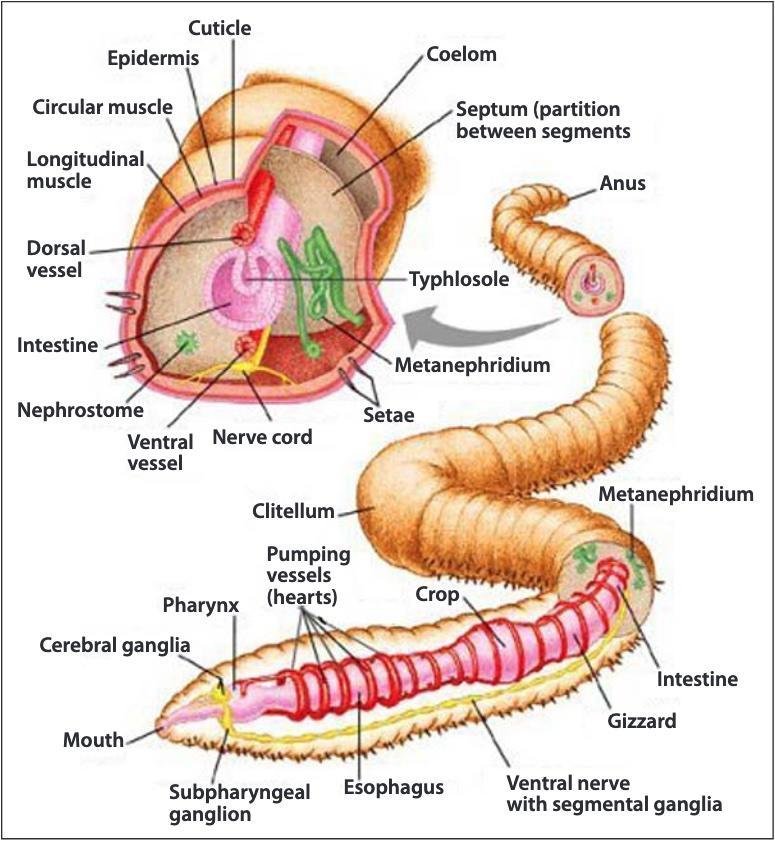I guess you were thinking that a dog is man’s best friend.
But this is a farmer’s best friend. It is an extract from a book that was written back in 1945 and is now out of copyright. It can be found as a pdf and this is a link to it.
Friend Sykes
When we compare the amount of each constituent present in the soil with the amount of the same constituent required to produce one crop, it will be seen that there is in each case nearly a hundred times more than enough to produce one crop.
Take phosphoric acid for example. The figures show 1,925 divided by 21, being equal to 91, so that there should be enough phosphoric acid to produce 91 crops. This content is quite characteristic of ordinary farm soil in any part of the world. Why then should crops frequently be unable to get all the soil constituents which they want? The reason is that they take them through the roots only when they are in solution, and in soil the great bulk of the food material is very often present in insoluble forms, that is, in such a condition that the crop cannot immediately make use of it.
This is where many other factors, besides chemical factors, come in to help Nature in her difficulties, and the earthworm, that great servant of man, is without doubt the most important functionary in the preservation of life. For the earthworm, assisted again by the subsoiler, will traverse all the broken land within a considerable distance of the earth’s surface.
The earthworm, broadly speaking, lives on two kinds of food:
(1) the mineral of the soil,
(2) the vegetation under and on the top of the soil.
The earthworm has a crop and gizzard, very similar to a chicken, and he consumes his various minerals and plant foods in much the same way. The solution to be found in its crop is highly acid.

As these minerals receive their measure of digestion, they pass down the alimentary tract of the worm: they come in contact with the calciferous gland, and through it an alkaline solution is made available.
The food eventually finds its way out of the worm in the form of the well-known worm casts on the surface of the soil. Furthermore, those worm casts usually contain about seven times as much available phosphoric acid as the surrounding soil, five times as much available
nitrogen and eleven times as much available potash.
The tonnage of worm casts to the acre has long ago been established by calculation and such figures are accepted by the scientific world, for Darwin it was, who told us that with land that was reasonably well stocked with a population of earthworms, no less than ten to fifteen tons per acre of worm casts are made each year, and this highly fertile mixture of soil minerals and
plant food, because of its solubility, is immediately assimilable to the plants growing on the land.
It will therefore be seen that the worm is the most important cultivator in the whole farm. Its population, under all circumstances, must be maintained, and no act of husbandry must ever be indulged in which will diminish its numbers.
This is perhaps the most important fact that I would leave with the readers of this book, for there is no doubt that some of the artificial fertilizers, particularly those like sulphate of ammonia, do kill the worms. The same thing is said of superphosphate and also of sulphate and muriate of potash.

About the latter I cannot personally speak with authority, but I do know that if you take a bag of complete artificial fertilizers, mix it with a large amount of soil and then put worms in, it will not be very long before every worm that you have introduced is dead.
Perhaps no greater argument can be advanced against the use of inorganic fertilizers
than the fact that they destroy the worm population. The worm has perhaps been man’s greatest friend for all time.
The subsoiler is a useful tool for retaining Water in the Ground
It will be appreciated that the part the subsoiler plays in cracking up the underground pan and in making it possible for the worm to travel far afield for its own supplies of minerals is a very important one, and that if the subsoiler did nothing more than this its use would be justified.
Worm casts are probably of ‘organic origin’. The effect of worm casts on crops, on soil, on the permanent fertility of the land is immense; they are, in fact, humus makers. Rainfall is indispensable to fertility and a uniform rainfall is the most desirable of all farming conditions.
These things, however, cannot be regulated by us, the mere occupants for the time being of the land of our fathers.
Water is the Magic Ingredient
All that we can do is to make the best use of the rain that comes; and in this subsoiling helps us enormously, for it allows the water falling on the surface of the soil ready access to the lower strata, before it has had time to evaporate back into the atmosphere, and if the water can get into the lower strata it is quite likely that the deep-rooting plants already mentioned, and the cereal plants like wheat, which is said to have forty-five miles of root on it, will go down deep for all the moisture they need.
As a rule a dry season suits the wheat crop, and the reason for this is simply the wheat plant’s ability to go down deep for its moisture, and I am certain that the heavy crops of wheat that I have had grown on this farm have been partly due to the subsoiling.
The above is Friend Sykes analysis of tied up phosphorus
If you want to see Glen Rabenebergs opinion of tied up minerals have a look at this youtube video. It should jump to about 19 minutes in.
One more thing. I found this pdf about THE LOST HISTORY OF ORGANIC FARMING
IN AUSTRALIA. It is a good read and even had Friend Sykes name as a contributor.
thanks for reading… Shane




